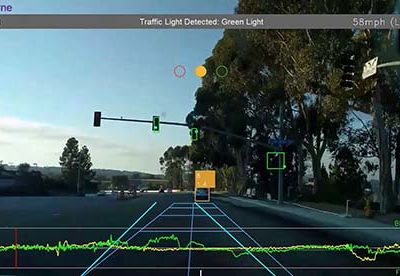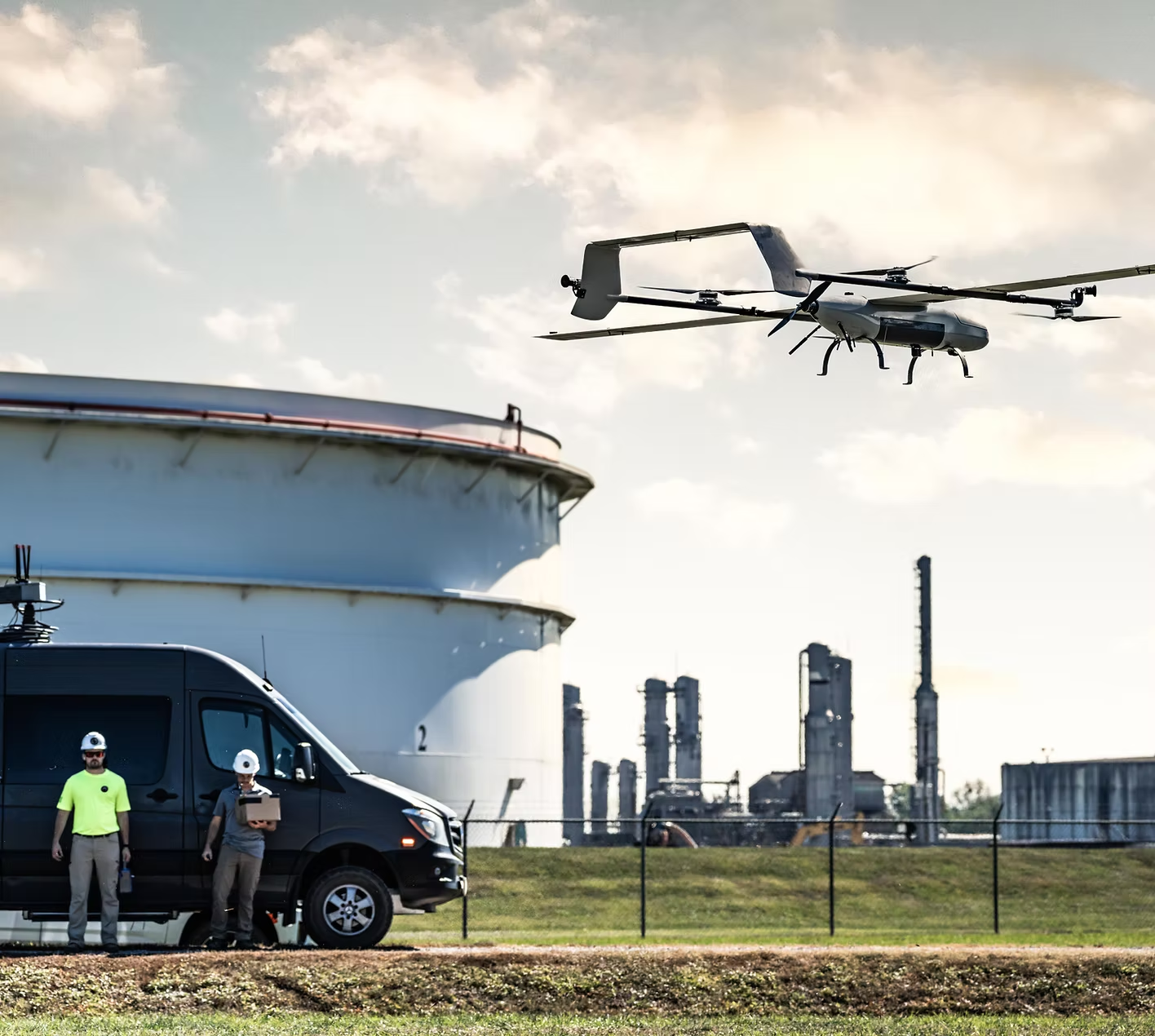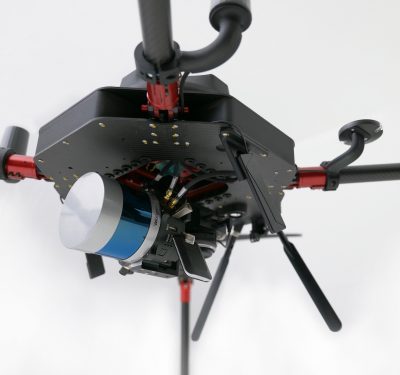
In the fast-moving world of autonomous systems and advanced navigation platforms, precision and reliability are paramount. From unmanned aerial vehicles (UAVs) to autonomous ground vehicles (AGVs), the inertial measurement unit (IMU) plays a vital role in providing the critical data required for real-time navigation, stabilization, and system control. In a recent conversation with Inside Unmanned Systems, Tzeno Galchev, Director of MEMS Marketing at Analog Devices, offered insight into the next-generation capabilities of the ADIS16576 IMU and what sets it apart in a competitive landscape.

A Leap Forward in MEMS IMU Performance
“The ADIS16576 offers a substantial leap forward in core sensor performance,” said Galchev. One of the most impressive advancements is its dramatically reduced vibration rectification error (VRE): a 10x improvement in gyroscope vibration rectification error (VRE) and a staggering 50x improvement in accelerometer VRE compared to previous models. This is particularly significant because VRE has long been a limiting factor in high-precision navigation and stabilization applications. VRE-induced errors can compromise gyroscope bias stability and skew accelerometer outputs, leading to guidance anomalies, particularly in UAVs operating under intense vibrational conditions.
Another major innovation is the inclusion of a crystal oscillator—making the ADIS16576 the first compact MEMS IMU to incorporate one. This addition enhances sample clock precision by more than 100 times, allowing for more consistent and synchronized data acquisition. For developers working on tightly coupled navigation systems, this precision translates directly into improved state estimation and better overall performance.
The ADIS16576 also boasts a 10x increase in serial communication throughput, a deep FIFO buffer of 512 samples per sensor, and significantly expanded diagnostics—all of which combine to offer a MEMS IMU that delivers not only performance but also ease of integration.
Simplifying Integration Through Factory Calibration
One of the recurring challenges faced by developers is the time and cost involved in calibrating IMUs for a specific system or platform. Analog Devices has tackled this head-on with an advanced factory calibration process that eliminates the need for exhaustive, temperature-varied motion profiles during system integration.
“ADI’s factory calibration process is one of the most important ‘ease of use’ features in the ADIS16576,” Galchev explained. “In many cases, AGV/UAV platforms can align the ADIS16576 with their inertial reference frames using very simple motion profiles, at a single temperature.”
According to Galchev, customers have reported that this feature alone has saved them over two years of test development time which can translate to more than $2 million in capital expenses. Moreover, what once took hours can now be accomplished in minutes, significantly increasing production capacity and reducing time to market.
Understanding the Significance of VRE
Vibration rectification error may sound esoteric, but its implications are concrete and consequential. “In accelerometers, it directly impacts initial attitude estimates as a UAV is powering up,” Galchev noted. “In gyroscopes, VRE represents a rapid change in gyroscope bias, which can trigger erroneous maneuvers in a UAV’s guidance navigation control (GNC).”
Poor VRE performance can limit the environments in which a UAV can safely operate, especially when faced with the high-vibration environments common to rotorcraft and fixed-wing drones. By minimizing VRE, the ADIS16576 provides a level of robustness that opens the door to broader and more demanding use cases.
Built for Extreme Conditions
The ADIS16576 is engineered to operate reliably across a wide range of temperatures and shock conditions. With full calibration coverage across the industrial temperature range of -40°C to +85°C, it enables UAVs and AVs to perform consistently at high altitudes and in varied geographies throughout the year.
Shock survivability is another strength of the device, enhancing durability during handling, assembly, and even minor in-field collisions. For platforms designed to operate in harsh or unpredictable environments, this ruggedness is more than a bonus—it’s essential.
Streamlined Communication and Data Integrity
The SPI-compatible data communication interface in the ADIS16576 is optimized for embedded system integration. “Most embedded processor platforms support SPI with dedicated ports and a simple set of configuration commands,” said Galchev. By expanding the maximum serial data rates, the ADIS16576 reduces system communication overhead by a factor of seven compared to previous-generation IMUs.
Furthermore, improvements in error detection and recovery reduce disruptions caused by electromagnetic interference (EMI), making the unit more reliable in electrically noisy environments. These enhancements make integration faster, simpler, and more robust.
Real-Time Health Monitoring for Safer Autonomy
As autonomy becomes more prevalent, the demand for real-time system health monitoring has surged. “Most application spaces are requiring increasing levels of error detection and recovery,” Galchev observed. The ADIS16576 delivers on this front with both continuous and user-initiated diagnostic checks covering all six inertial sensors and multiple memory blocks.
It also includes tools to validate communication integrity, verify flash memory storage, detect processor overruns, and initiate resets when necessary. These diagnostics are vital for ensuring operational safety, especially in safety-critical guidance, navigation and control (GNC) functions of autonomous platforms.
Conclusion: A Smarter IMU for a Smarter World
With the ADIS16576, Analog Devices has pushed the boundaries of what’s possible in compact MEMS IMUs. From breakthrough vibration rejection and sample clock precision to user-friendly calibration and robust diagnostics, this device is a true step forward in enabling safer, more efficient, and more precise autonomous systems.
As developers seek solutions that minimize integration complexity while maximizing performance, the ADIS16576 stands out as a powerful tool for building the next generation of UAVs, AGVs, and other intelligent platforms. It’s not just an incremental improvement—it’s a new benchmark for what MEMS IMUs can deliver.






